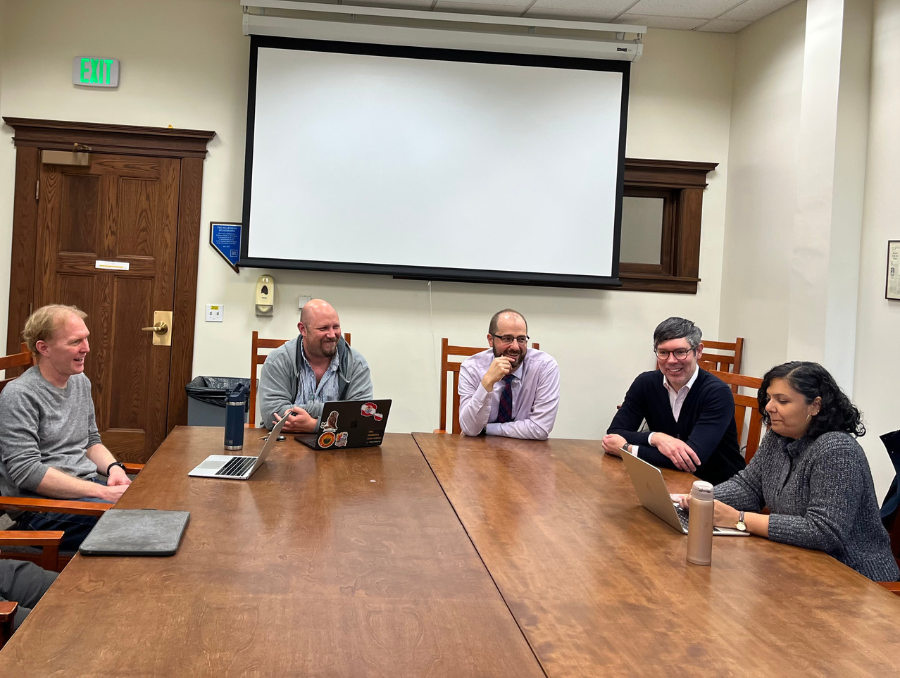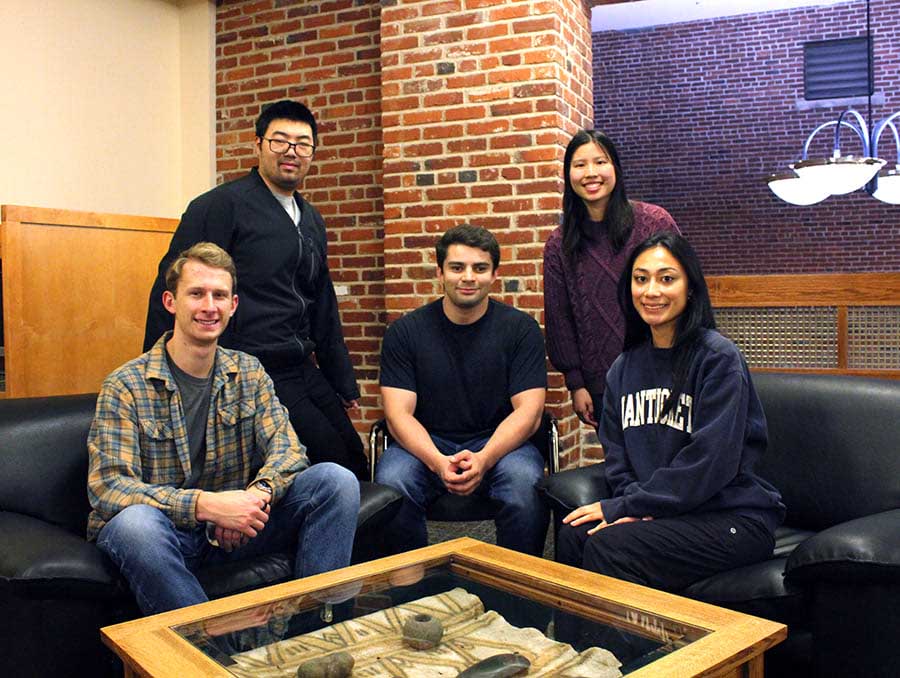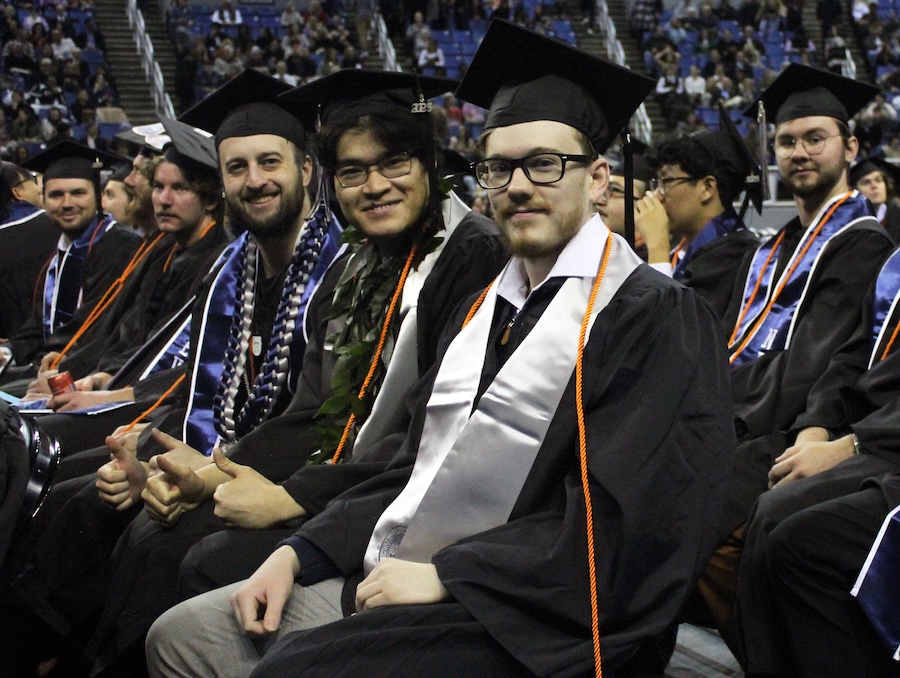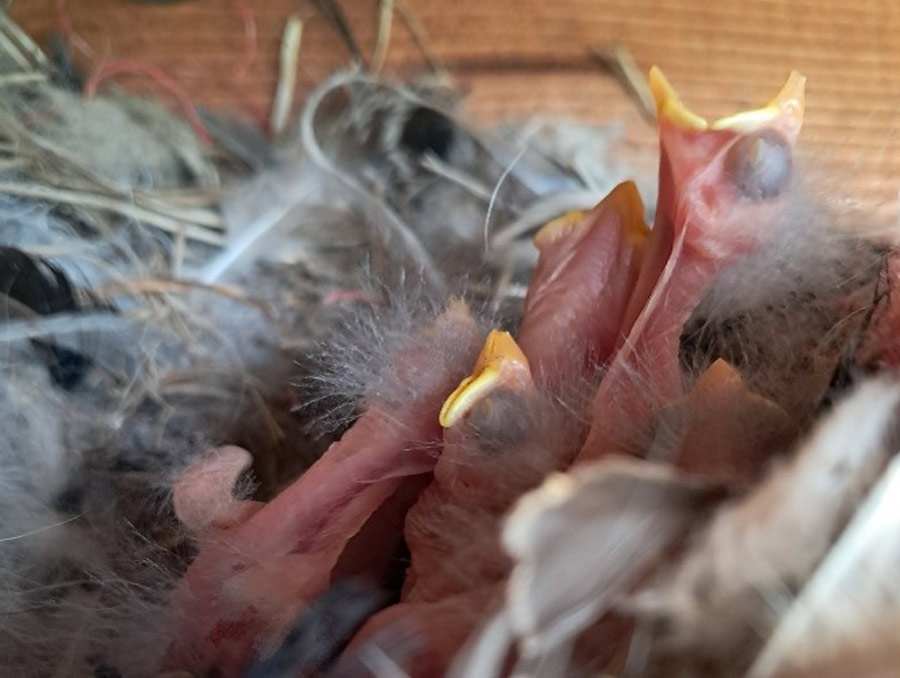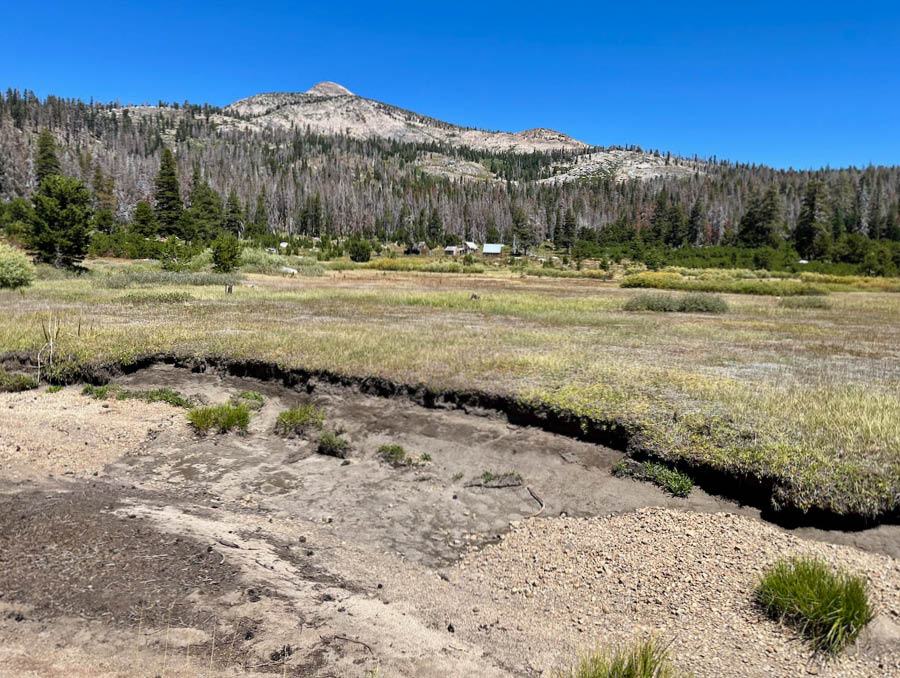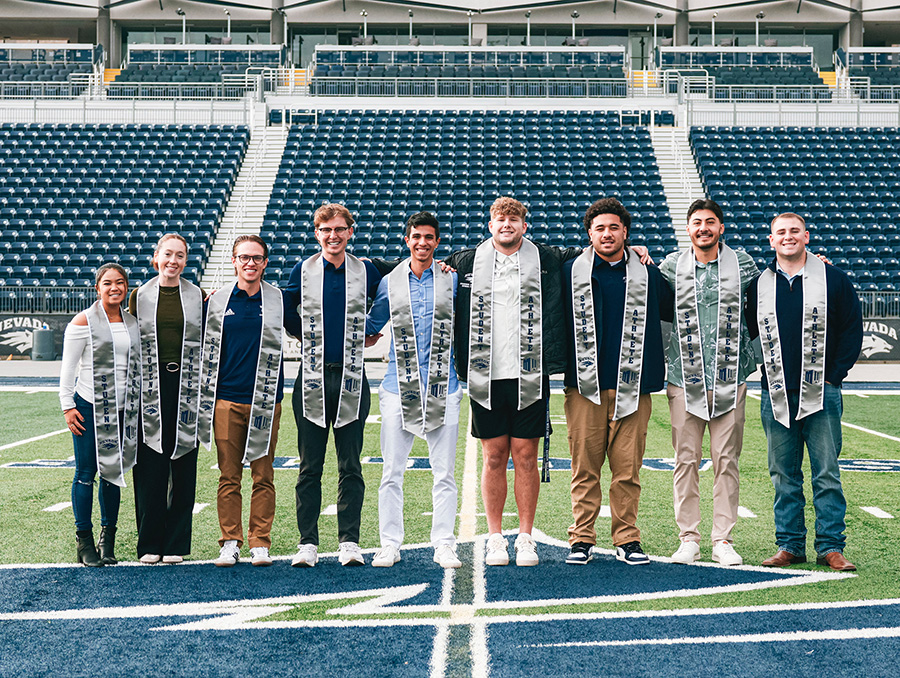Often, science can become the realm of the intensely focused specialist, the researcher who dwells solely on a single aspect of his or her scientific discipline.
In recent years, however, science has shifted toward a more collaborative approach, one that emphasizes cross-disciplinary teamwork.
World-renowned theoretical physicist Geoffrey West, who has used his prodigious mathematics background to team with ecologists and biologists to tackle some of the world’s most fundamental evolutionary questions, has said that such a framework is a must in today’s world, where many variables can come together to impact the planet’s harmony.
In this brave new research order, West has said that no research discipline should be considered greater than any other.
“People don’t realize you need to create an atmosphere in which researchers are willing to ask elementary questions without feeling defensive or vulnerable,” West has said.
For most of the month of July, graduate students from the states of Nevada, Idaho and New Mexico gathered on the University of Nevada, Reno campus to discover more about interdisciplinary research, particularly as it relates to water resources and climate change. The students – including nine from the University of Nevada – were part of a major National Science Foundation EPSCoR Climate Change grant awarded to the Nevada System of Higher Education to help the state better understand and prepare for climate change in the coming decade.
Student participation, both graduate and undergraduate, is one of the grant’s major underpinnings.
“We’re trying to promote the idea of interdisciplinary modeling for our students,” said Laurel Saito, associate professor of natural resources and environmental science and coordinator of the class. “By having the students work in teams, they have the opportunity to learn about models that are related to water-related issues and climate change, as well as the many other opportunities that can come from research partnerships across disciplines.
“We have a tendency to learn a lot about how to model in our own specific discipline, yet we have no idea what other people are doing in other disciplines. This course helps our students promote more of an interdisciplinary dialogue, where, say, we might have an economist work with a hydrologist to achieve an important goal related to water issues or climate change.”
That was exactly what Orion Cuffe, a second-year Nevada master’s degree student in political science and economics, experienced.
“A lot of this stuff I didn’t even know existed,” Cuffe said of the various scientific disciplines that were represented, ranging from hydrology to hydrogeology to biology to environmental science. “There’s been a whole lot more interaction than I would’ve expected. I’ve learned a whole lot, probably more than at any other time in my education … especially how other scientists look at problems and ways to solve things.
“That’s been really fascinating.”
Leonardo Hernandez, a second-year Ph.D. student in ecology, evolution and conservation biology said that despite the early morning start of the class – for three weeks, students arrived at 8 a.m. for classroom work and wouldn’t finish until about 5 p.m. each day – the effort was well worth it.
“Besides the long days,” the native of Venezuela said with a grin, “it’s been amazing. It’s been incredible to get a taste of all of the different fields. The most interesting thing is not only that we work with different things, but we look at things in different ways.
“Things that for me are variables are processes for others, which is really interesting to me. Having that taste of the different fields gives you a better understanding of the complexities of different fields. It gives you a much greater sense of the importance of finding some way of putting it all together and former a better, bigger picture of what is happening.”
Hernandez said sometimes he felt that being “the only plant person” would be a hindrance. However, the willingness of his classmates to share knowledge and to encourage his intellectual curiosity for their various fields made the experience meaningful.
There were many “teachable moments,” throughout the class, Hernandez said.
“I guess,” he said, echoing several others who said they had learned more than could have imagined, “the best way to understand something is to teach it.”
Jasmine Vittori, a second-year master’s degree student in the environmental science program, pointed to the broad range of disciplines as one of the course’s strengths.
“It’s been interesting to see how many disciplines you can incorporate not only just into modeling, but into resource management in general,” said Vittori, who has conducted stream-flow research along the Walker River in rural Nevada.
Vittori, from Yerington, was just one example of the type of student Saito hoped would benefit from the course: intelligent, self-motivated, passionate about their own discipline, yet willing to learn from others.
“Water resources are so hotly in demand, it’s always in the news, and it’s always interesting,” Vittori said when explaining why she found her own field so interesting. She said she wanted to find a scientific discipline – and environmental science, with its emphasis on field-based research fit the bill nicely – that would allow her to benefit “the region in some way.”
“So, environmental science made sense for me,” she said.
Arica Crootof, a second-year hydrology graduate student, said the course had helped her broaden her outlook regarding other scientists and how interrelated some fields actually could be.
“We’re so used to working on modeling with other hydrologists,” she said. “You tend to approach the problem in the same way because of that. Working with other people from other disciplines helps you realize that it’s not always the same way for everyone, so that’s been a very good thing for me.”
First-year atmospheric sciences master’s student Dan McEvoy, noted that he was “really interested in modeling and studying the climate of an entire region.” The course, he said, helped him gain essential “background information” to further broaden his interest.
“A lot of the lectures are from fields where I have no experience,” he said. “I’m learning a lot of background information about a lot of different disciplines. I think down the road, I’ll probably continue to be working with many of these disciplines, so this is a great help.”
Mike Hay, a first-year master’s degree student in geography, was perhaps the most ardent “generalist” in the group.
“Geography is a fairly broad, undefined area where you can study anything you want because geography is a driver in practically any process,” said Hay, who came back to school after working professionally as a GIS programmer. “I’ve definitely learned a lot from working with all the hydrologists and all the people who are from the field of water, because I’ve never had a class in that area.
“It’s been interesting to think about the parameters, the concerns and constraints, that they have when they are creating models to explain some hydrologic process.”
Hay said he was most surprised not by some of the hard science information he had learned, but rather, from social science in the area of economics.
“You’d think that human systems would be easier to model, but they’re not,” Hay said. “With human systems, it’s so difficult to get field data. You can’t just go out and measure it the way you would stream flow.”
Terry Fisk, a second-year master’s degree student in hydrogeology, returned to school after 25 years in the professional world, including seven years working as a hydrogeologist at Death Valley National Park.
He said as a young man, it always surprised him when he would see a well being drilled and then, amazingly, “water would come out of the ground following the drilling,” he said. “That was sort of an epiphany for me, that it could actually happen. That was always amazing to me.”
By learning about different disciplines, Fisk said he was hopeful that he would continue to help bridge an important gap in resource management: that of “the intersection between the science and the policy of resource management.”
“I think this program will give me the flexibility to do many different things,” Fisk said.
Each day, added Rajan Devkota, a first-year hydrological science Ph.D. student from Nepal, the level of new knowledge gained in this unique class was high.
“There has been quite a bit of discovery for me so far,” Devkota said, again echoing his fellow classmates. “It’s all been very new to me, but the discovery of how others do their research has been great.”


